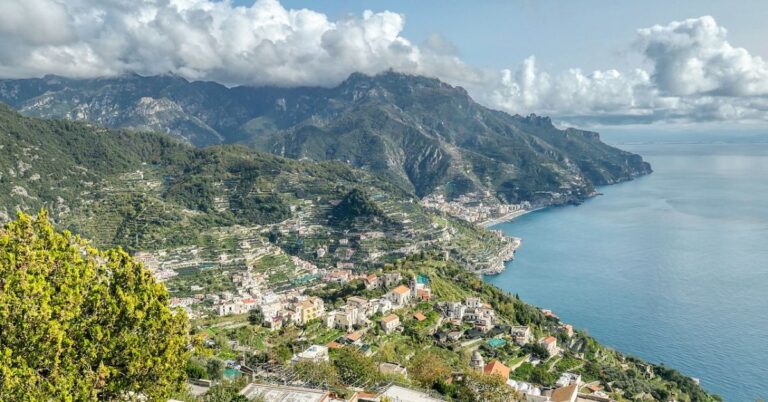The Most Eerie Abandoned Destinations Waiting For Adventurous Travelers
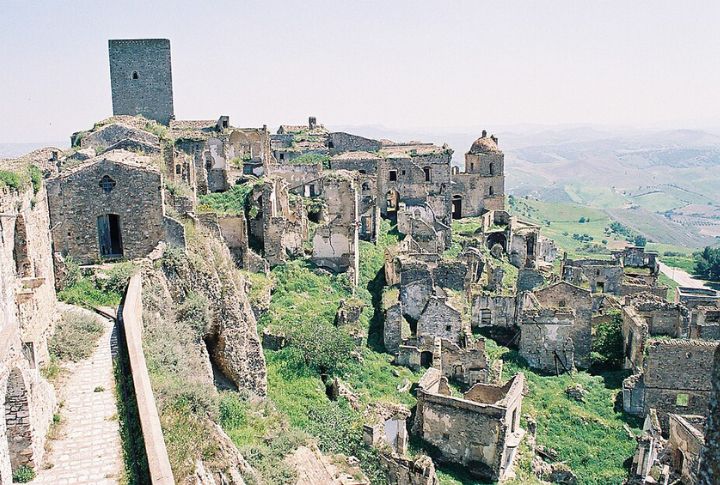
Exploring forgotten places offers a rare glimpse into history. There are many ghost towns, crumbling structures, and overgrown ruins that are powerful reminders of human acts and natural disasters. Let’s take a look at ten such abandoned places that still attract visitors yearly.
Pripyat, Ukraine

Pripyat was a thriving city built in 1970 to accommodate employees of the Chernobyl Nuclear Power Plant. The town was evacuated in 1986 following the reactor explosion. Visitors can tour the haunting remnants of schools, amusement parks, and residential buildings, all slowly being reclaimed by nature. Guided tours are available, but strict safety protocols must be followed.
Kolmanskop, Namibia
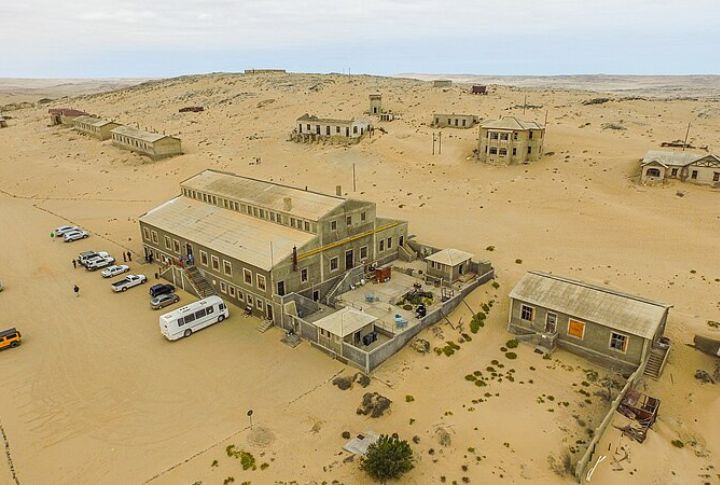
In the early 1900s, Kolmankshop was a sprawling diamond mining town. German miners built a mini-European oasis complete with a hospital, ballroom, and casino. However, the settlement was deserted when diamond resources were depleted in the 1950s. It is now a ghost town swallowed by the desert, with sand-filled edifices—an eerie yet photogenic place for tourists.
Hashima Island, Japan
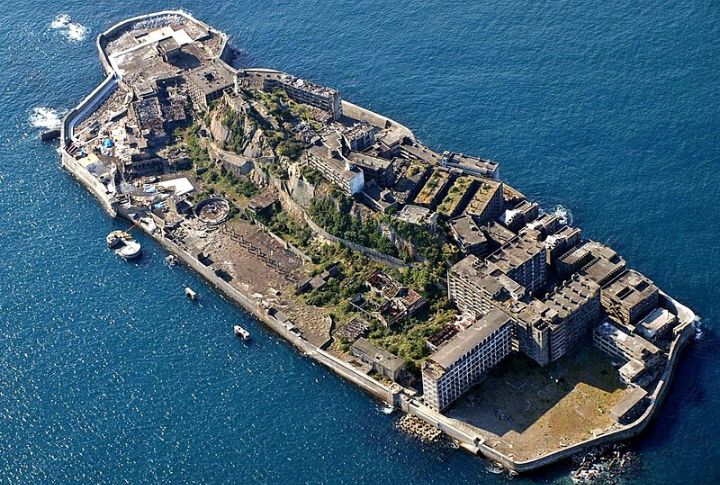
Also known as Gunkanjima or “Battleship Island,” Hashima was once the most densely populated place on earth, housing coal miners and their families. In the 1970s, petroleum began replacing coal, and the island was abandoned. Now, crumbling concrete structures stand as proof of industrialization’s boom and bust. Tourists still visit the island via guided tours from Nagasaki.
Dhanushkodi, India
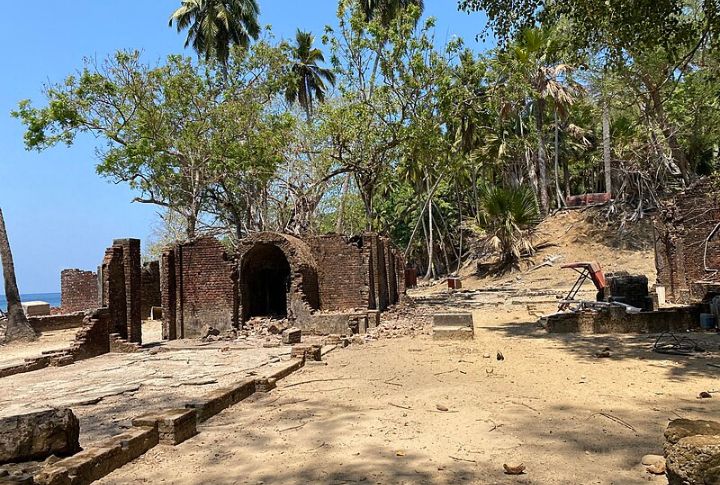
This was once a bustling port town situated at the southeastern tip of Pamban Island. In 1964, a devastating cyclone destroyed the settlement, leading to its abandonment. You can still explore the remnants of churches and railway stations set against the backdrop of serene beaches and the confluence of the Bay of Bengal and the Indian Ocean.
Ross Island, India
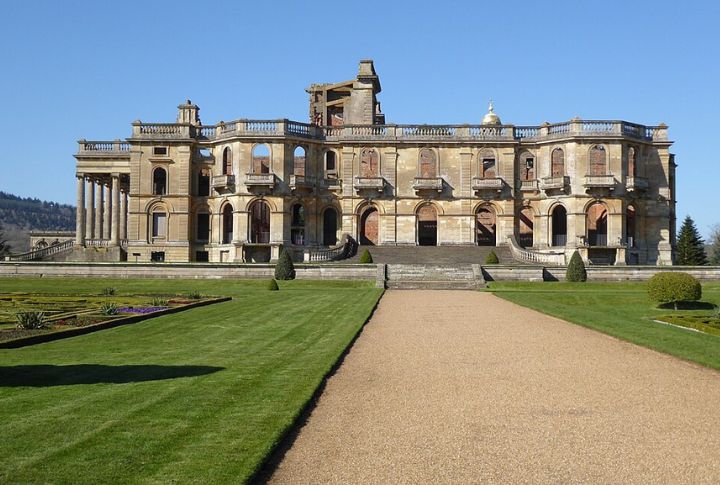
Once the British administrative headquarters for the Andaman Islands, Ross Island was evacuated after an earthquake in 1941. The ruins of colonial buildings have now been overtaken by banyan trees, creating a surreal blend of architecture and nature. The island offers a poignant glimpse into the past amidst lush surroundings.
Witley Court, England
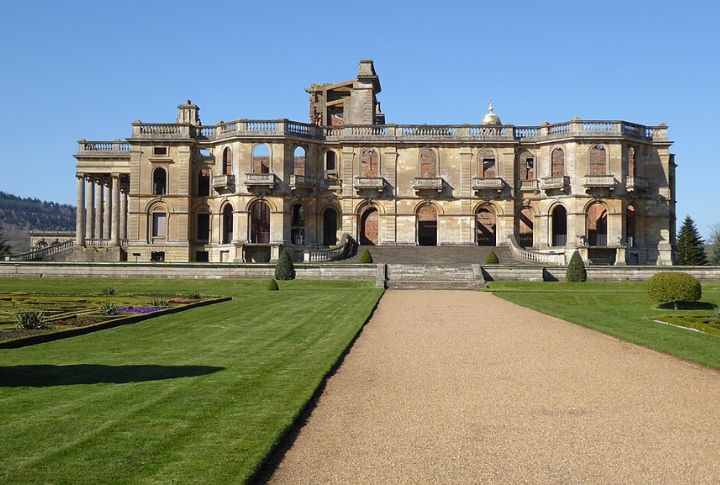
This grand English country house was destroyed by fire in 1937. Still, its ruins have been preserved over the years, and visitors can wander through the skeletal remains of the mansion and its restored gardens. The site offers a romantic and haunting experience of 19th-century opulence lost to time.
Bodie, California, USA
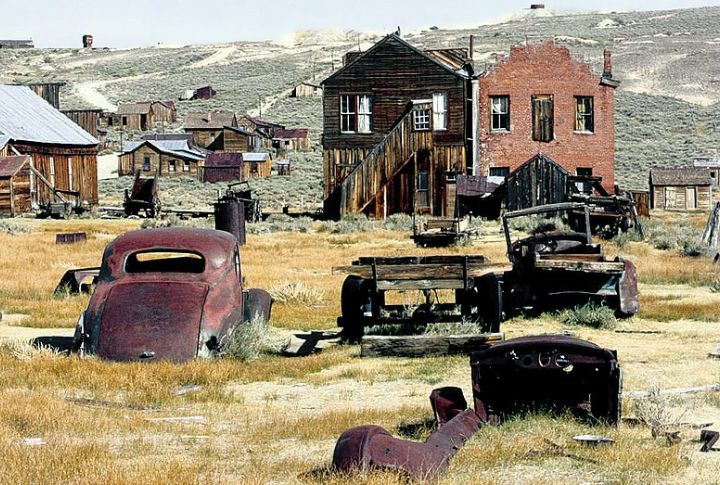
Bodie is one of America’s best-preserved ghost towns. It used to be a gold-mining town in the late 1800s but was deserted after the decline of the gold rush. Tourists can roam the empty streets, peering into buildings frozen in time with original furnishings. The town is preserved in a state of “arrested decay.”
Craco, Italy
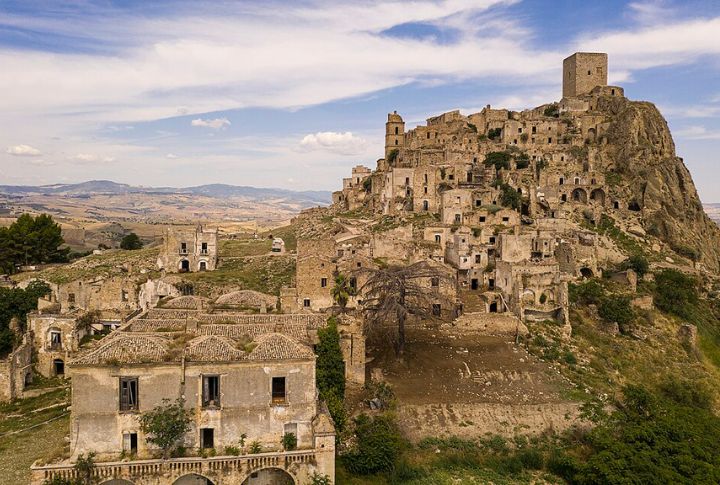
A medieval hilltop village in southern Italy, Craco was evacuated in the 20th century due to natural disasters like landslides and earthquakes. The town’s ancient stone structures and narrow alleyways remain eerily intact. Today, it serves as an open-air museum, which attracts explorers interested in history, architecture, and the cinematic scenery used in movies.
Oradour-sur-Glane, France
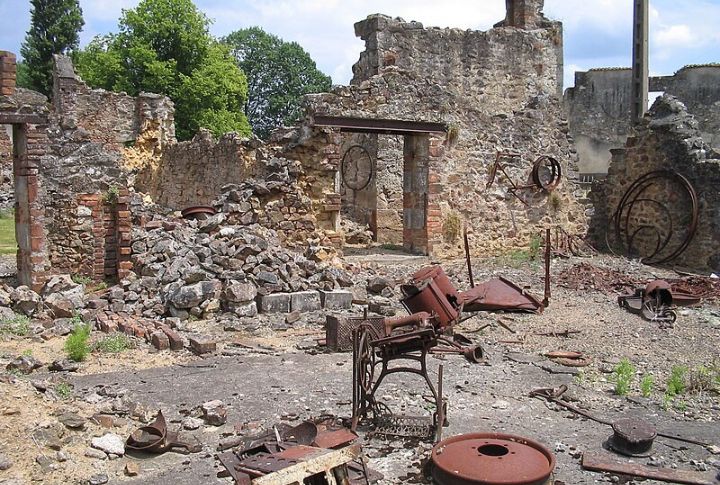
This French village was destroyed in 1944 during WWII when Nazi troops massacred its inhabitants. Instead of rebuilding, the French government preserved the ruins as a memorial. You can walk through the empty homes, businesses, and a church, experiencing an open-air museum that serves as a somber reminder of wartime atrocities.
Humberstone And Santa Laura, Chile
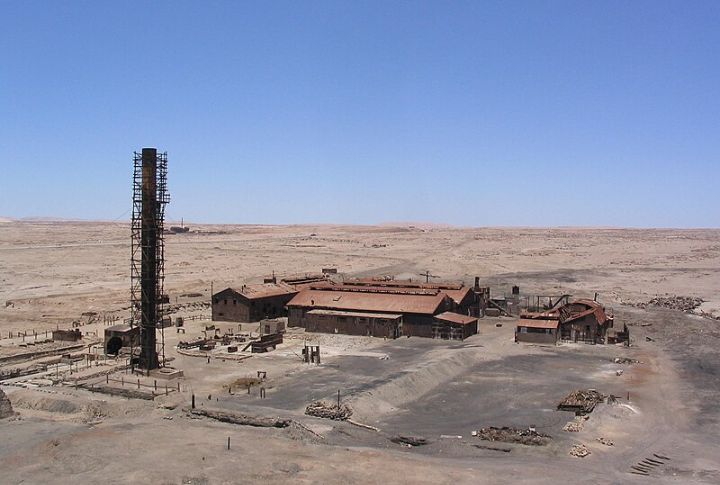
These twin abandoned saltpeter mining towns in Chile’s Atacama Desert were once bustling industrial hubs. After the collapse of the nitrate industry, they were evacuated in the 1960s. Now a UNESCO World Heritage Site, tourists can tour the decaying structures, including factories, theaters, and homes, offering a glimpse into South America’s mining past.
Houtouwan, China
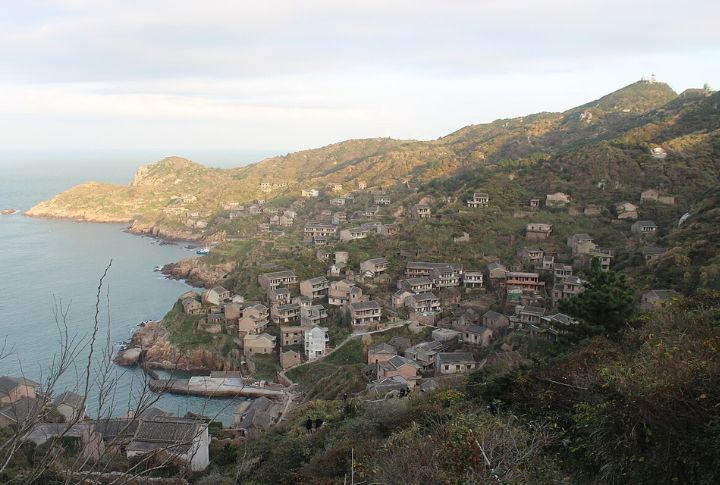
In the 1990s, residents of Houtouwan, China, left their bustling fishing village to search for better economic opportunities. Over the years, the town has been overtaken by thick, lush vegetation, turning homes into ivy-covered ruins. The contrast between human-made structures and nature’s reclamation makes Houtouwan one of the world’s most unique abandoned sites.
Spinalonga, Greece

Spinalonga is a small island in Greece that, from 1903 to 1957, served as a colony for those with Hansen’s disease. Before that, it was a Venetian fortress and later an Ottoman settlement. Take a tour of the well-preserved ruins of homes, hospitals, and fortifications, all surrounded by the stunning blue waters of the Aegean Sea.
Kayakoy, Turkey

The inhabitants of Kayakoy, a bustling Greek town, were forced to leave during the 1923 Greco-Turkish population exchange. Today, hundreds of abandoned stone houses, churches, and schools stand in haunting silence on a hillside in southwestern Turkey. Many homes still carry the hints of their former life, with faded frescoes and carved doorways visible.
Beelitz-Heilstatten, Germany
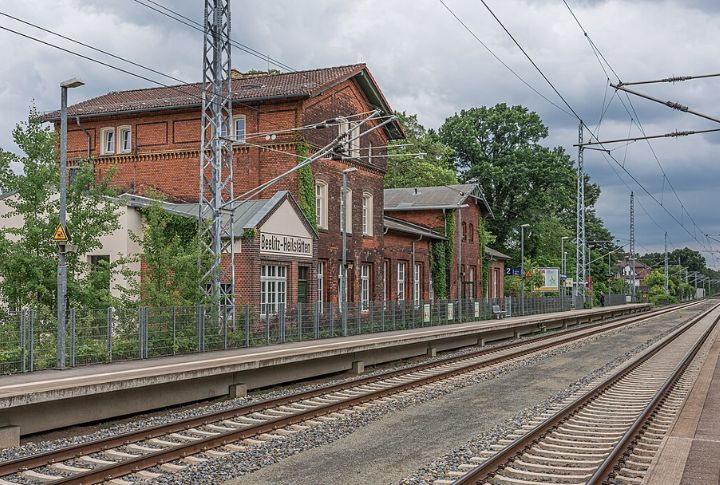
This abandoned hospital complex once treated tuberculosis patients and later served as a Nazi and Soviet military hospital. Adolf Hitler was treated here for injuries during WWI. Many of its buildings remain in a state of decay, and guided tours take visitors through some of the site’s most chilling sections, including old psychiatric wards.
Bannerman Castle, USA
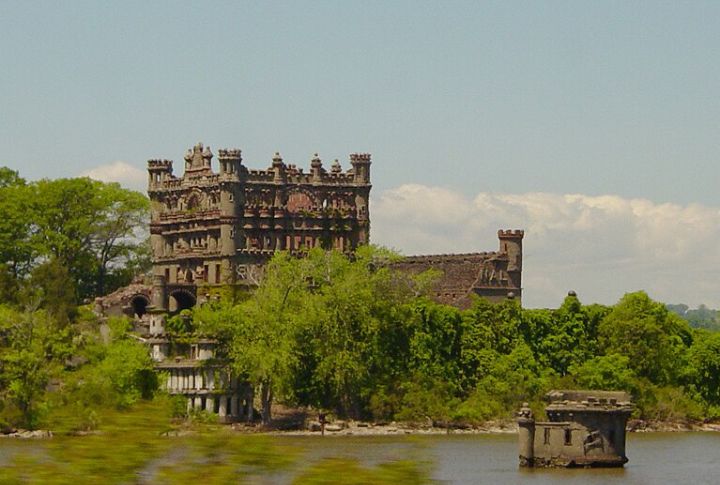
Bannerman Castle, located on Pollepel Island in the Hudson River, was built in the early 1900s as a military warehouse. The castle’s owner, Francis Bannerman, stored weapons and ammunition there, but an explosion in 1920 led to its decline. Nature took over the castle, which now stands as a striking sight, with ivy-covered walls and crumbling towers.





